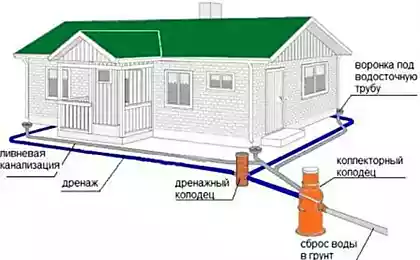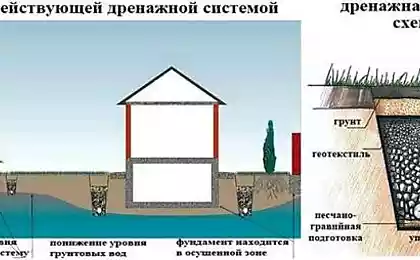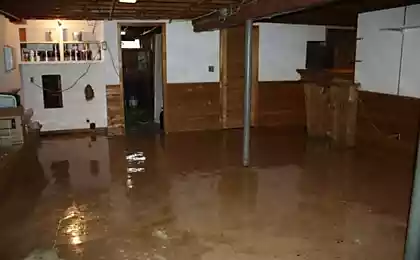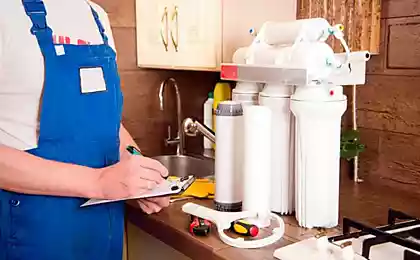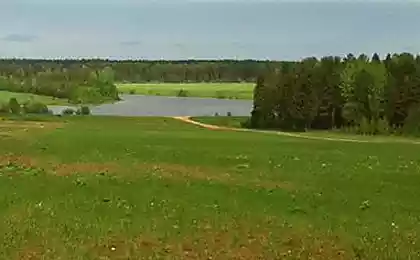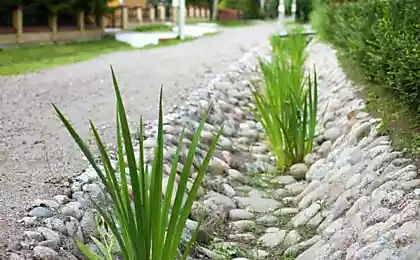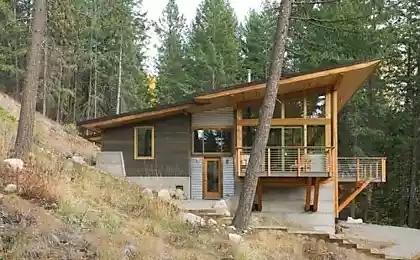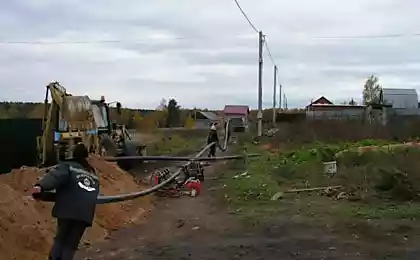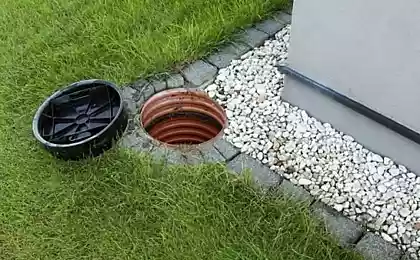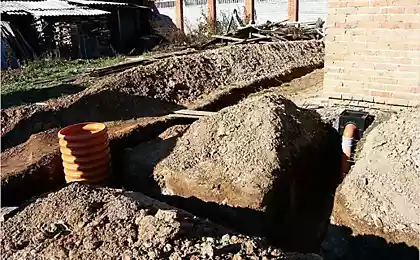424
Drainage in the area - the basic rules

A drainage system.
If you have every spring and after rain water accumulates, puddles that drain water from the site. Excess moisture in the area can become the source of such major problems as: destruction of garden plants, the reduction of lifespan of foundations, flooding basements.

The problem may be due to: a low-lying location of the site on the ground, improper planning of the house and its construction without regard to groundwater, clay soils, disturbance of the catchment of rainwater, etc.

The cheapest method of drainage of the site are ditches dug to drain excess water from cultivated soils in the drainage well, stream or river.
Ditches have an advantage on the flat, low-lying land. Collected in ditches, the water gradually evaporates or enters the sump.
If the terrain is flat, the ditch dug on the top, across the slope, to lower the groundwater level and prevent saturation of the lower layers. To intercept and collect water flowing down from the slope, dig at its base another ditch parallel to the first. The upper and lower ditches connect more gutter or a system of clay drainage. From the bottom of the ditch water flows into the drain well or stream.

Brick drainage
The easiest and does not require much financial expenditure is brick drainage. Via the site of the break through one (two) of the trench, directing them to drain well. The size and slope of the trench correspond to pottery of the drainage system. It half fill with broken bricks or rubble stone, covering this layer with gravel and turf upside down, then poured the top layer of soil. Such a system dehumidifies well the plot is average but the main drawback — is rapidly silting. Very often, brick drainage is used to intercept water from neighbouring plots.

Pottery drainage
The Potter's drainage is a long or short pipe sections which are laid end-to-end, usually in a "tree", and fall asleep in trenches designed to collect and discharge the drained water.

Plastic pipes are perforated and elastic, therefore if necessary can be bent. In some cases, use cheap concrete drain pipe.
Pottery and brick drains and gutters fail to drain well if there is no more convenient sump for water drainage.

Drain well
Dig a hole with a diameter of 1 -2 m and a depth of not less than 2 m (total volume of the dry well is determined by the size of the drained area). To strengthen and prevent siltation of the drain well walls draped bonded with cement mortar bricks, so that water can seep through them.
The well sleep broken brick or rubble stone, and the top, to prevent silting — geotextiles. Having a drainage system, it is very important to monitor the depth of cultivation of the soil. Deep digging or ploughing can damage them and lead to waterlogging.

published
P. S. And remember, only by changing their consumption — together we change the world! ©
Join us in Facebook , Vkontakte, Odnoklassniki
Source: www.sadovoda.ru
Mushroom risotto: a hearty and very simple!
Encourage your children to useful sweets! Recipe home-dried fruit candies
